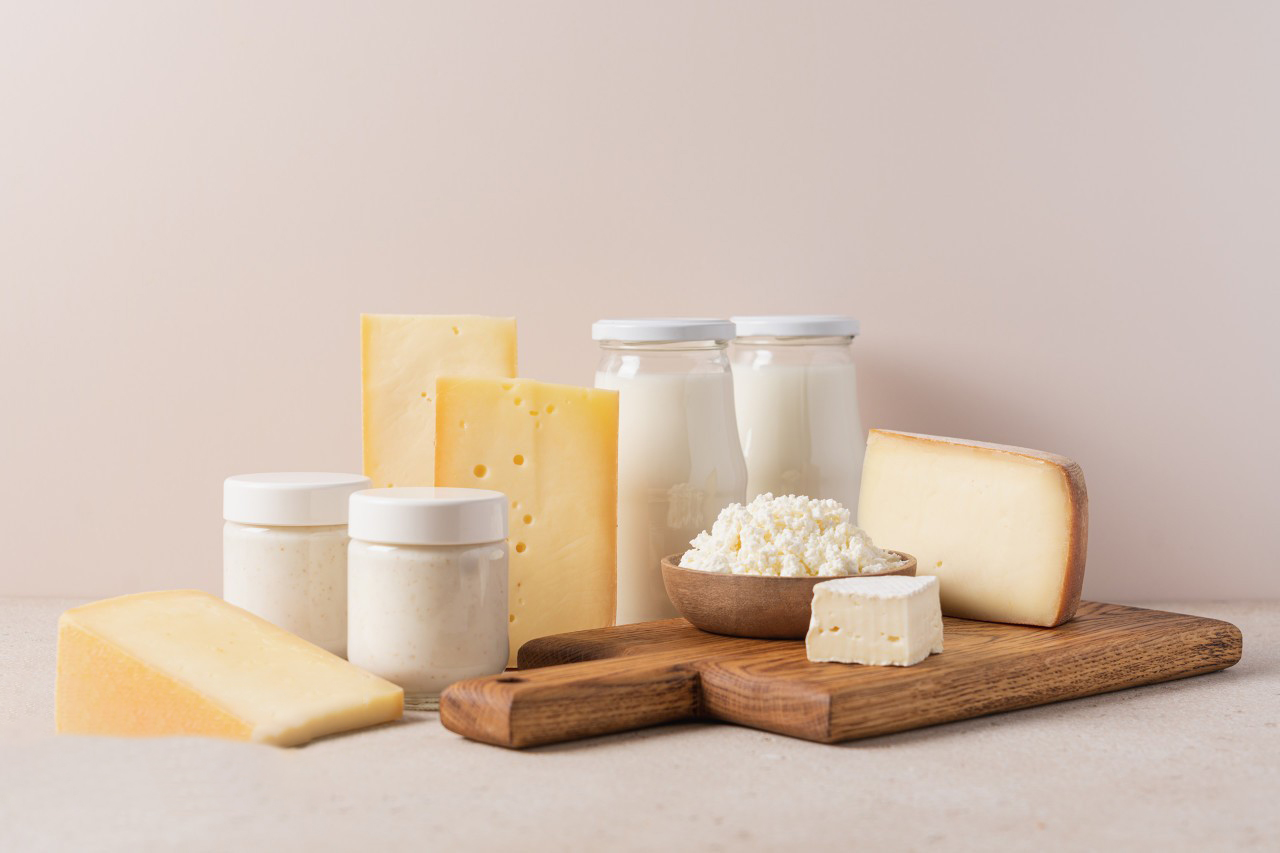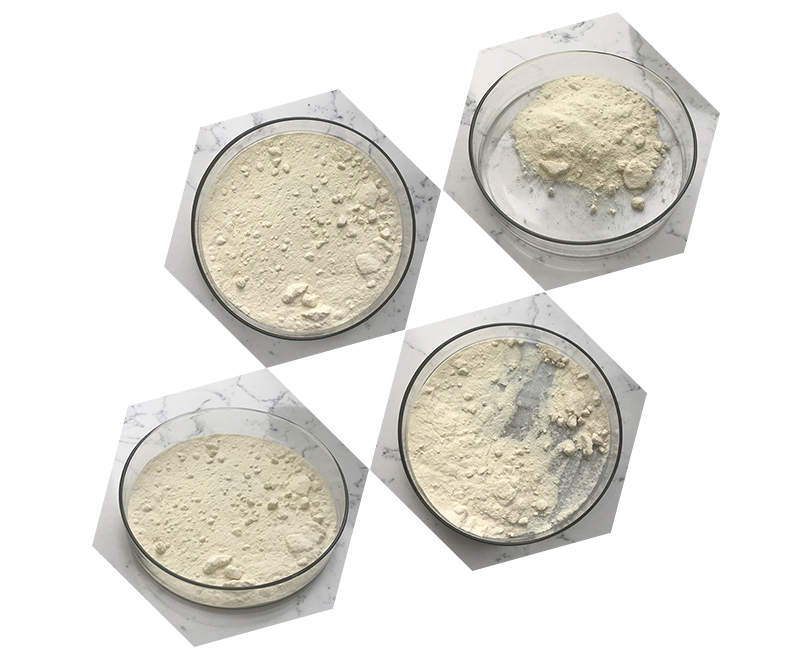Ceramide is a class of lipid molecules that are vital for maintaining the skin’s barrier and retaining moisture. The preparation of ceramide can be approached in various ways depending on the desired application, such as in cosmetic formulations or research. Here are the general methods used to prepare ceramides:
1. Chemical Synthesis of Ceramide
The chemical synthesis of ceramides involves creating the sphingolipid structure, which typically consists of a sphingosine base (a long-chain amino alcohol) bound to a fatty acid. The steps in the chemical synthesis generally include:
- Sphingosine Synthesis: The base of ceramide, sphingosine, is synthesized by either starting with natural amino acids (like serine) or synthetic precursors. This can involve a series of reactions like alkylation and dehydrogenation.
- Fatty Acid Attachment: Fatty acids (e.g., stearic acid, palmitic acid) are then attached to sphingosine through an amide bond. This process may require chemical catalysts or conditions like coupling agents (e.g., carbodiimides) to facilitate the formation of the amide bond.
- Purification: The final ceramide product is purified by chromatography, such as thin-layer chromatography (TLC) or high-performance liquid chromatography (HPLC).

2. Enzymatic Synthesis
Enzymatic methods are a more natural way of preparing ceramide. The most common approach uses ceramide synthases, enzymes that catalyze the attachment of a fatty acid to sphingosine, forming ceramide. The general process is:
- Sphingosine Preparation: First, sphingosine is obtained either through chemical synthesis or by isolating it from natural sources.
- Enzyme Reaction: The sphingosine is then combined with a fatty acid in the presence of ceramide synthase enzymes (like CerS1-6), which catalyze the formation of ceramide.
- Purification: Once the reaction is complete, ceramide is isolated and purified using chromatographic techniques.
This method is advantageous because it is more biocompatible and can produce ceramide molecules that are more closely aligned with those found in nature.
3. Extraction from Natural Sources
Ceramides can also be obtained directly from natural sources, such as plant and animal tissues. Common sources include:
- Soybean and wheat germ: These are rich in ceramides, which can be extracted using organic solvents like ethanol or hexane.
- Human skin: Ceramides are abundant in the stratum corneum (outermost layer of the skin), where they play a major role in skin barrier function. Extraction from human or animal skin typically requires more complex methods involving solvents or enzymatic degradation.
After extraction, the ceramides are purified through various techniques, such as solvent evaporation, dialysis, or chromatography.
4. Cosmetic Formulation
In cosmetics, ceramide is typically used as part of a skin barrier-restoring or moisturizing product. Ceramides in these products are often synthesized or extracted from plants, then incorporated into emulsions with other ingredients like fatty acids, cholesterol, and phospholipids to create a stable formulation that mimics the skin’s natural barrier.
5. Liposome Encapsulation
Ceramide can be incorporated into liposomes, which are spherical vesicles made of phospholipid bilayers, to improve stability and enhance the delivery of ceramides to the skin. This process involves:
- Liposome Formation: Phospholipids are hydrated in an aqueous solution, and ceramides are incorporated into the lipid bilayer.
- Purification and Storage: The liposomes are then purified to remove excess lipids or other reagents, and stored for later use.

Summary of Preparation Methods:
- Chemical Synthesis: Requires several chemical steps to attach fatty acids to sphingosine.
- Enzymatic Synthesis: Uses ceramide synthases to create ceramides more naturally.
- Extraction: Obtaining ceramide from natural sources like plants or animal tissues.
- Cosmetic Formulation: Incorporating ceramides into skin-care products.
- Liposome Encapsulation: Using liposomes to deliver ceramides to the skin more effectively.
Let me know if you’d like more details on any specific method!
